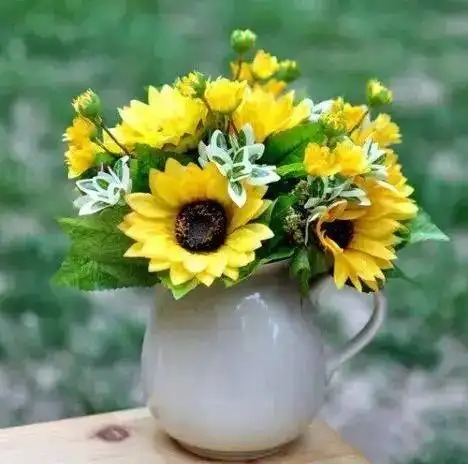Flower arrangement is an ancient art with a history of nearly 5,000 years.
To learn flower arrangement, you must first start by understanding the flower materials, see which flower materials are suitable for home flower arrangement, and how to use flower materials of different shapes.
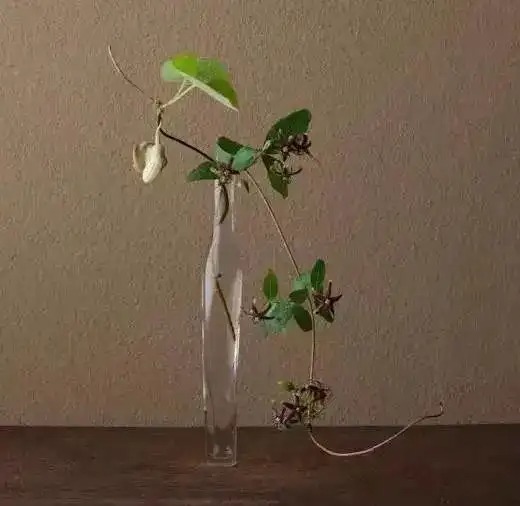 What flowers can be used for flower arrangement?Flowers can be roughly divided into three categories : leaf-viewing, flower-viewing and fruit-viewing .Basically, as long as the plant has ornamental value, it can be cut and used for flower arrangement.Even vegetables and fruits can be used as materials for flower arrangement , such as cucumbers, pumpkins, eggplants, apples, bananas, etc.
What flowers can be used for flower arrangement?Flowers can be roughly divided into three categories : leaf-viewing, flower-viewing and fruit-viewing .Basically, as long as the plant has ornamental value, it can be cut and used for flower arrangement.Even vegetables and fruits can be used as materials for flower arrangement , such as cucumbers, pumpkins, eggplants, apples, bananas, etc.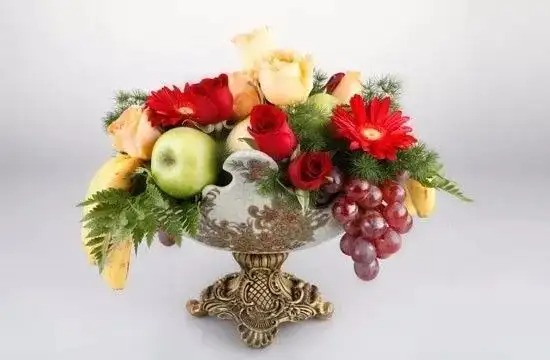 Of course, the materials for flower arrangement are not limited to living plant materials. Sometimes certain dead branches and dry inflorescences, fruit clusters, etc. also have beautiful shapes and colors, and are also good materials for flower arrangement.Although they are not as fresh and lively as flowers, they have unique natural colors.In addition, there are artificial flowers of various textures, such as silk flowers, plastic flowers, paper flowers, metal flowers, etc. The flower arrangements made with them can not only play a decorative role, but are also economical and easy to manage.
Of course, the materials for flower arrangement are not limited to living plant materials. Sometimes certain dead branches and dry inflorescences, fruit clusters, etc. also have beautiful shapes and colors, and are also good materials for flower arrangement.Although they are not as fresh and lively as flowers, they have unique natural colors.In addition, there are artificial flowers of various textures, such as silk flowers, plastic flowers, paper flowers, metal flowers, etc. The flower arrangements made with them can not only play a decorative role, but are also economical and easy to manage.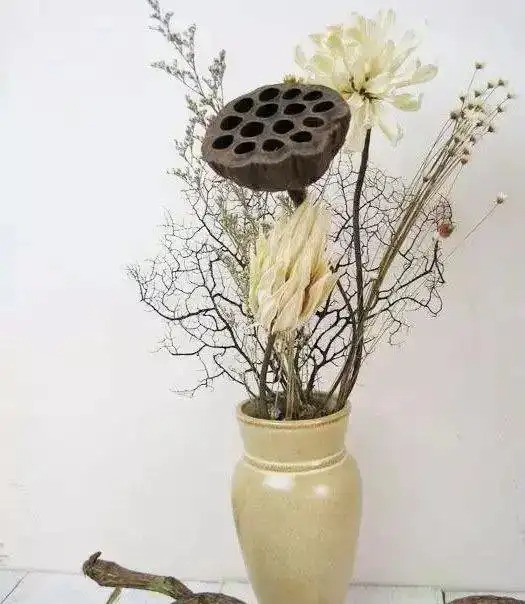 1. Tips for choosing flowers
1. Tips for choosing flowers1. Observe the flower branches
In order to keep the flowers fresh and improve their water absorption, flower shops cut off a section of the lower end of the flower stems every day.
Therefore, the longer the stems, the fresher the flowers usually are.
If you touch the stem of the squid in the water with your hand and feel it is slippery, it means that the squid has been left for several days and is not fresh enough, so it is not suitable to buy.
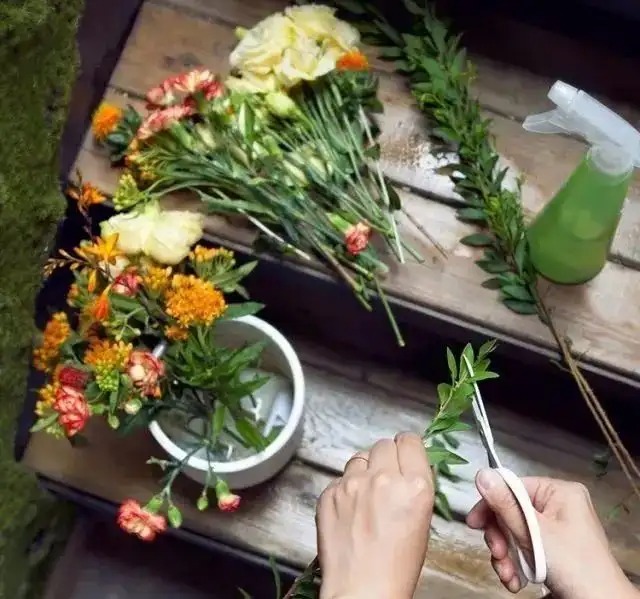 2. Observe the overall shape of the flowersDo not buy any plants whose leaves are slightly wilted, yellowed, or whose flower stems or leaves have turned brown or black after being immersed in water.Flowers with elastic petals and bright colors are fresh and suitable for purchase.
2. Observe the overall shape of the flowersDo not buy any plants whose leaves are slightly wilted, yellowed, or whose flower stems or leaves have turned brown or black after being immersed in water.Flowers with elastic petals and bright colors are fresh and suitable for purchase.
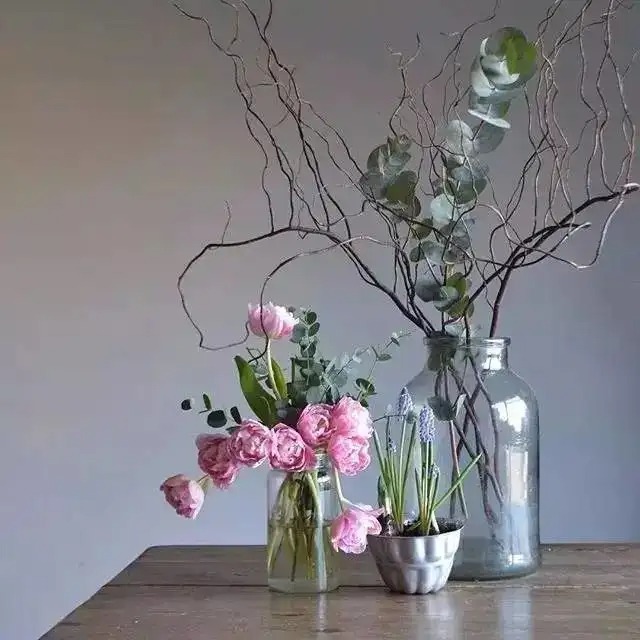 3. Observe the flower shapeIt is not advisable to buy flowers that are mostly fully open or that are too small. Sometimes, too small flowers are caused by removing the damaged petals on the outer edge.The best time to choose flowers is when they are just about to bloom.
3. Observe the flower shapeIt is not advisable to buy flowers that are mostly fully open or that are too small. Sometimes, too small flowers are caused by removing the damaged petals on the outer edge.The best time to choose flowers is when they are just about to bloom.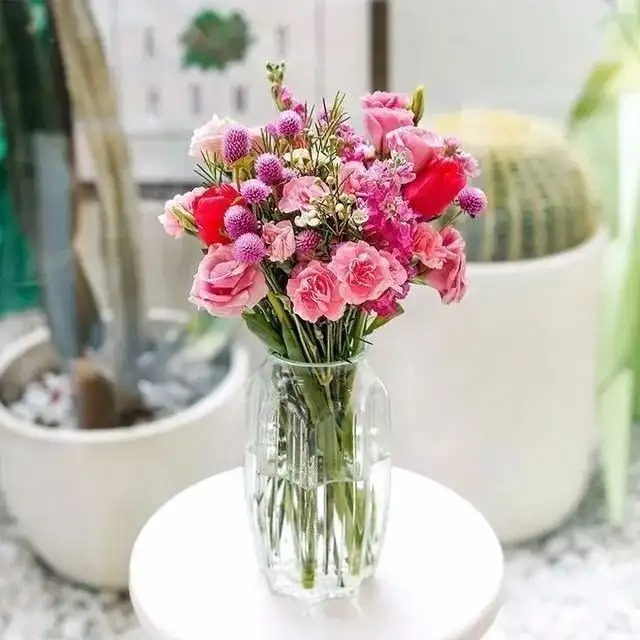
Linear flowers (Linear flowers)
The entire flower material is in the shape of long strips or lines, using the natural straight or curved forms of the plant to form the outline of the shape, which is the skeleton.For example: snapdragon, snakeweed, delphinium, silver willow, forsythia , gentian, etc.
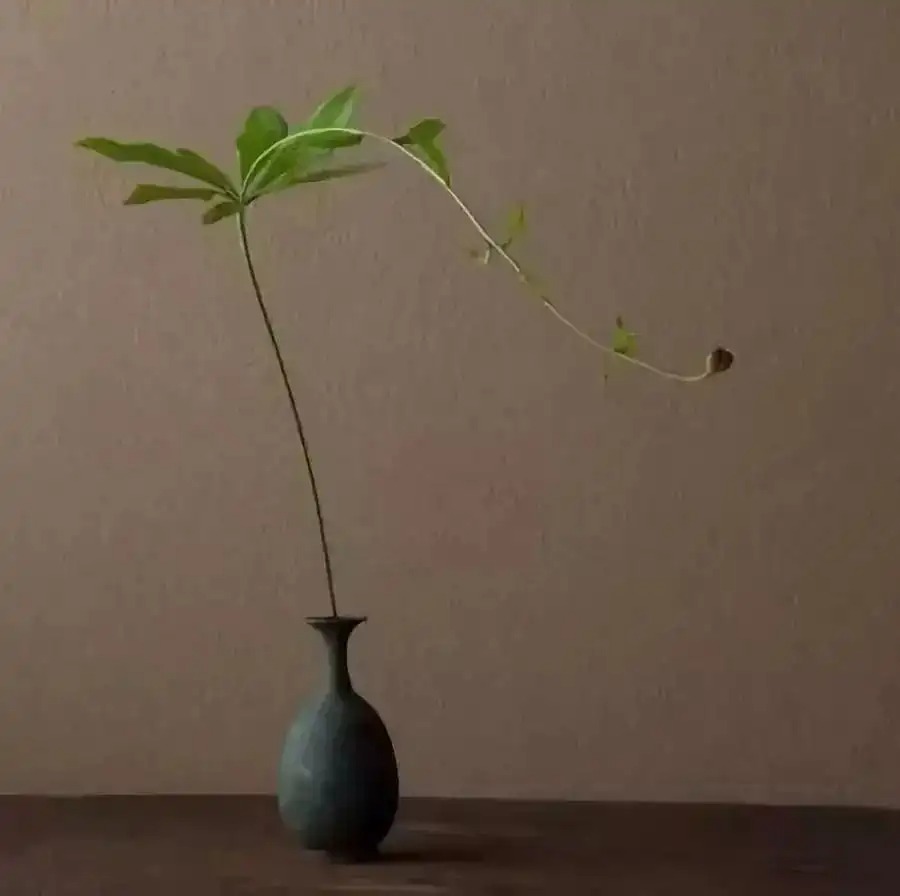
Fixed flower (main flower)
The flowers are relatively large and have their own unique shape, making them very individual looking flowers.
Therefore, it has become the most eye-catching flower in design and is often used as a visual focal point. When using it, you should pay attention to combining it with the shape to bring out its characteristics.
For example: lily, anthurium, bird of paradise, peony, etc.
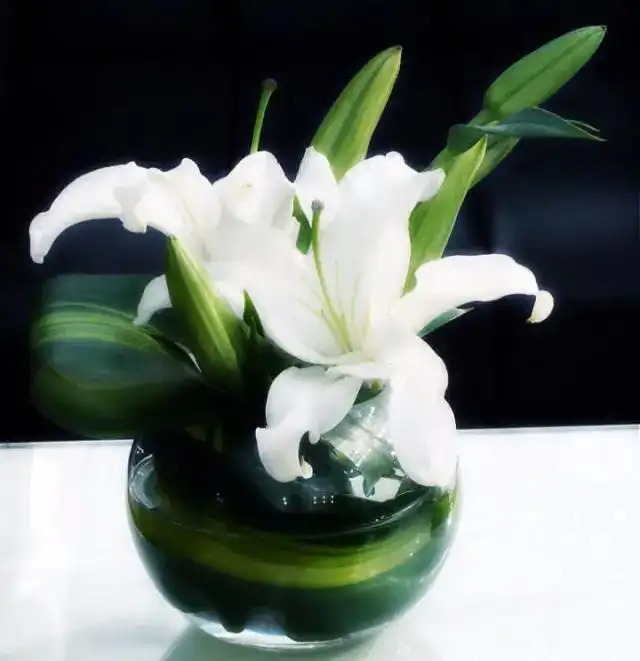
Cluster flowers (block flowers)
The flowers are concentrated into larger circles or blocks, generally used between linear flowers and fixed-shaped flowers, and are an important flower material for completing the shape.When there are no fixed-shaped flowers, they can be used as a substitute and inserted at the visual focal point.For example: carnation, rose, gerbera, white gerbera, etc.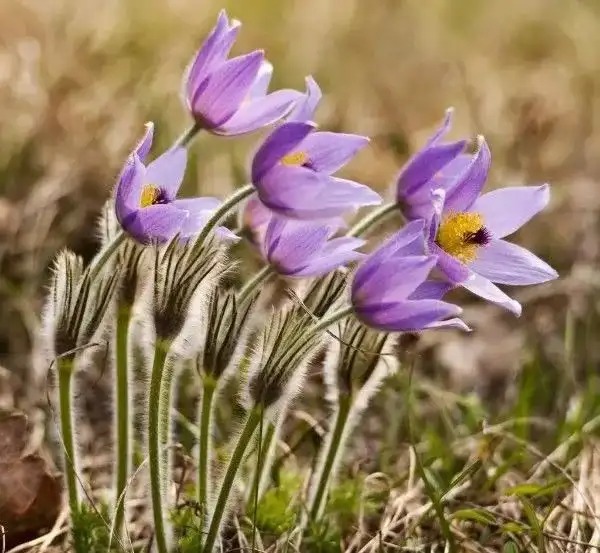
Filling flowers (scattered flowers)
There are many branches and the flowers are relatively small, with many small flowers on one branch or stem.It has the function of filling the space of the shape and connecting different flowers .For example: baby's breath, lilac, freesia, white peacock, etc.
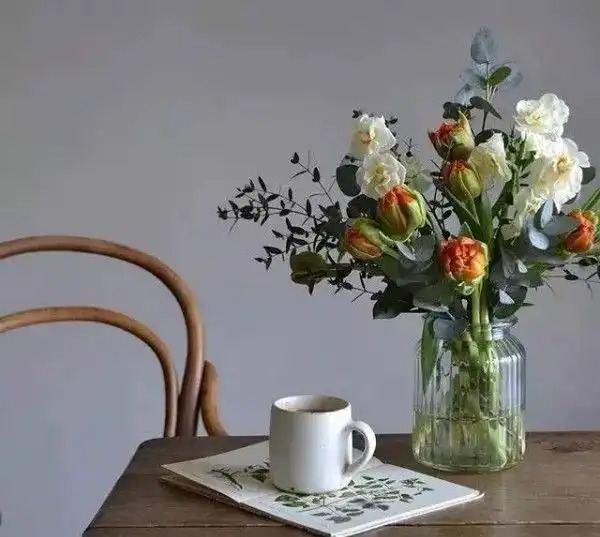 3. Choose different varieties in different seasons
3. Choose different varieties in different seasonsspring
Fragrant and colorful flowers, as well as tender leaves and young buds, are all good flower materials.For example : woody peach blossoms, magnolias, and camellias, shrubs such as forsythia and forsythia, and willow branches full of spring scent.It can be paired with herbs such as tulips, lilies, peonies, irises, lily of the valley, carnations, etc.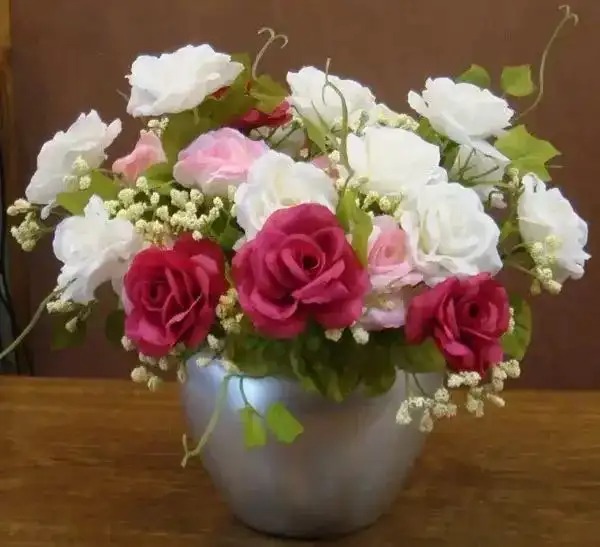
summer
In summer, it is appropriate to choose fresh green flowers to create a fresh and elegant feeling.The hot summer is unbearable, and bright red and green will inevitably make people irritable. You can use light and solemn flowers.For example : Swallow's nest, baby's breath, dahlia, etc.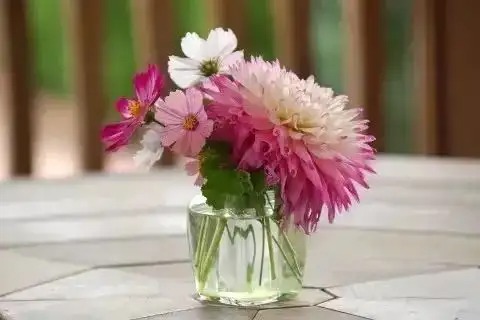
autumn
Autumn is the season of harvest.Commonly used flowers include leaves of red maple, ginkgo, and Chinese tallow tree, fragrant osmanthus, strong and powerful pomegranate, chestnut, persimmon, grape, herbaceous globe amaranth, amaranth, and frost-resistant chrysanthemum.
winter
The weather is cold, people are spending more time indoors, and it is around the Spring Festival, so you should choose colorful flowers that symbolize the joy of a good harvest and blessings for everything to go well.Such as kumquat, winter coral, nandina, wintersweet, evergreen, silver willow, poinsettia, etc.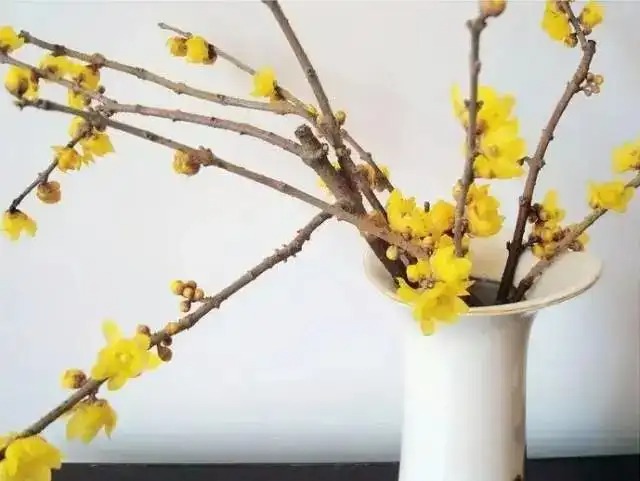 4. General knowledge of flower arrangementLight-colored flowers should be placed low, while dark-colored flowers should be placed high, so that the flowers have a sense of stability.As for the flowers and leaves, they are generally sparse on top and dense on the bottom, with different heights. The flowers should not be placed in the same horizontal or straight line, but should be placed in different heights, with a good density.
4. General knowledge of flower arrangementLight-colored flowers should be placed low, while dark-colored flowers should be placed high, so that the flowers have a sense of stability.As for the flowers and leaves, they are generally sparse on top and dense on the bottom, with different heights. The flowers should not be placed in the same horizontal or straight line, but should be placed in different heights, with a good density.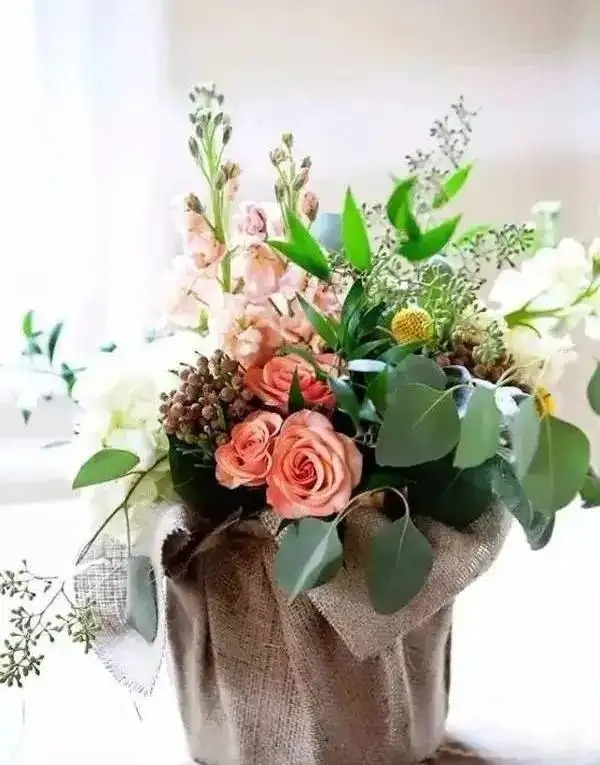 Home flower arrangement must also be coordinated with the environment. There are different requirements for the living room, bedroom, dining room, bathroom, etc.For example, the flower arrangement placed on the coffee table in the living room should be consistent with the decoration style because the living room is the largest space in the home. The colors should be bright, generous, natural and elegant.Since the coffee table is viewed from all sides, the layers of flower arrangement should be mainly horizontal or oval.
Home flower arrangement must also be coordinated with the environment. There are different requirements for the living room, bedroom, dining room, bathroom, etc.For example, the flower arrangement placed on the coffee table in the living room should be consistent with the decoration style because the living room is the largest space in the home. The colors should be bright, generous, natural and elegant.Since the coffee table is viewed from all sides, the layers of flower arrangement should be mainly horizontal or oval.
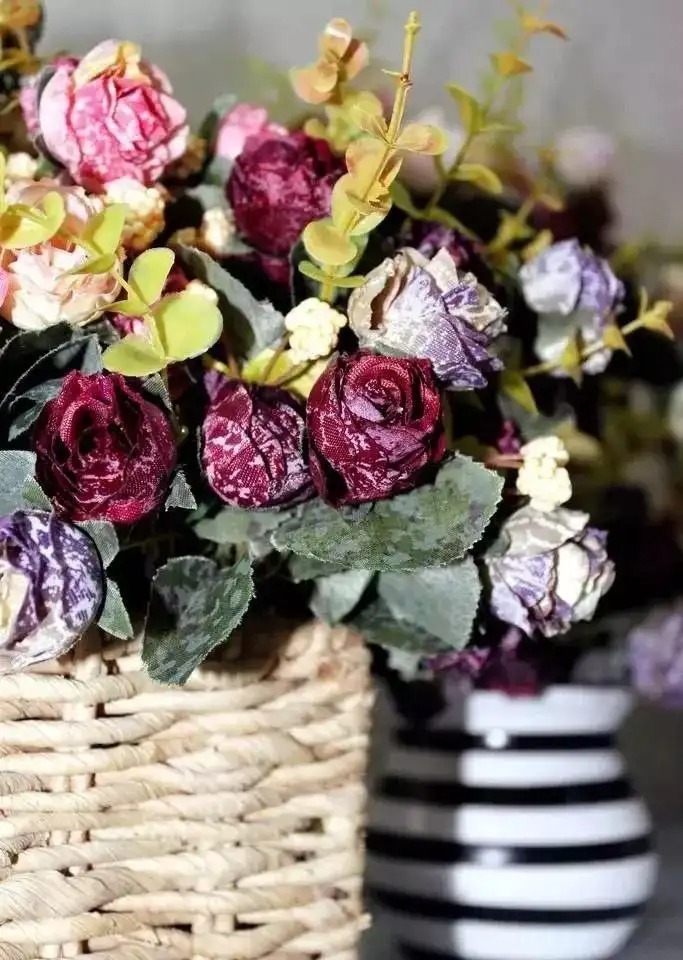 Flowers and leaves should not be arranged at equal distances, but should be sparse and dense to create a sense of rhythm.Flowers are real and leaves are virtual. Flowers without leaves lack contrast, while leaves without flowers lack substance. They should have both static symmetry and dynamic staggered arrangement.
Flowers and leaves should not be arranged at equal distances, but should be sparse and dense to create a sense of rhythm.Flowers are real and leaves are virtual. Flowers without leaves lack contrast, while leaves without flowers lack substance. They should have both static symmetry and dynamic staggered arrangement.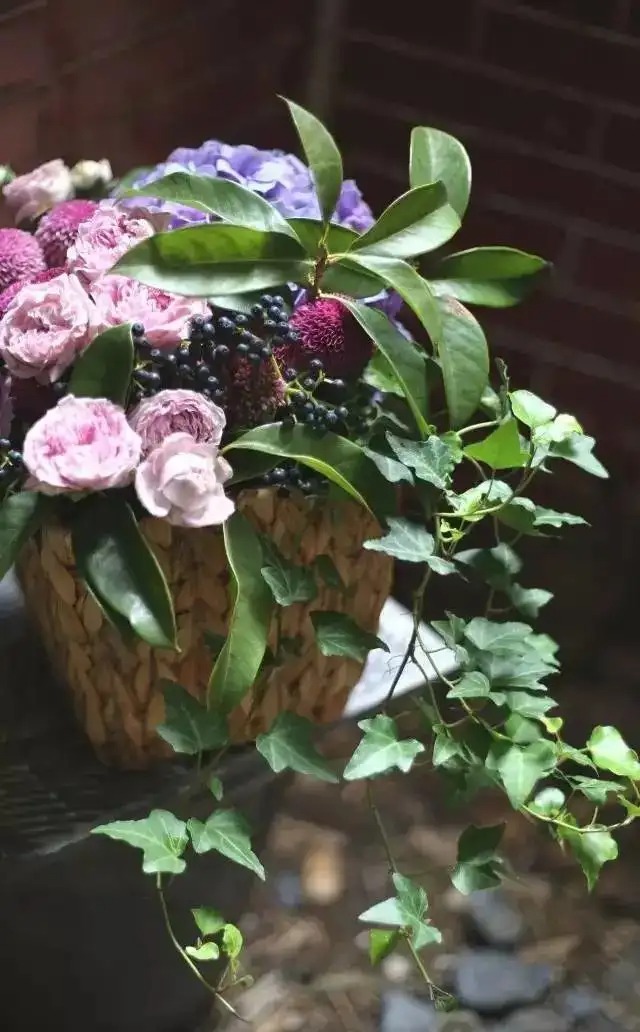 When putting flowers in a vase, first choose a main flower branch, and then a supporting branch on each side. Then you can appropriately choose some different flower branches for viewing flowers, fruits, and leaves to make them blend into one.The main flower branches should be prominent, and the supporting branches should be shorter than the main branches. All flower branches cannot be tied together and inserted at once.
When putting flowers in a vase, first choose a main flower branch, and then a supporting branch on each side. Then you can appropriately choose some different flower branches for viewing flowers, fruits, and leaves to make them blend into one.The main flower branches should be prominent, and the supporting branches should be shorter than the main branches. All flower branches cannot be tied together and inserted at once.
